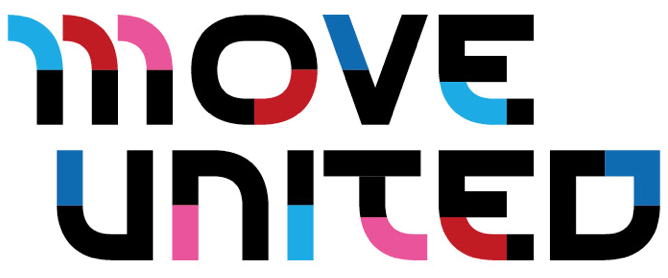Veteran Finds PTSD Relief in Adaptive Sports
On a gloomy, rainy day in Gunnison, Colorado, a group from the Los Angeles Veteran’s Association walked through the mist towards a small plane waiting to take them home after a long week of skiing and snowboarding at the Adaptive Sports Center.
Jose Miranda, a navy veteran, was feeling uneasy. Rain triggered his Posttraumatic Stress Disorder. The day that a plane rolled over his leg on an aircraft carrier had been rainy too.
“I saw a man walking towards the plane the same way I was walking,” he said. “I saw him, but suddenly I saw me in my camis and blue shirt, and I saw that tire hitting my foot, and I was right back there.”
He started hyperventilating.
“He was literally sitting and shaking, zoning out,” remembered Louisa Mendelsohn, the trip leader. “We got him his earbuds, and the music helped — eventually he came back out and was able to talk about it.”
After the massive panic attack, Miranda felt different. Off. He stopped going to his usual activities — wheelchair basketball; cycling. He pulled into himself and shut the world out.
Months passed.
He skipped his usual trip to the Adaptive Sports Center the next winter, afraid to face the terror again.
“I wasn’t ready — I wasn’t willing to deal with that again,” he said.
But Mendelsohn wasn’t about to leave it at that.
“I kept poking him, reminding him what a great time he’d had, how much he’d accomplished,” she said. She asked him to return to Colorado.
Miranda didn’t answer. He couldn’t. But he did start working out.
For several weeks, he used suspension training and a resistance bar to build up his arm, shoulder, back and core strength — the muscles that would allow him to steer a sit ski effectively.
“The last time I was here, I had some falls that were so painful I would cry,” he said.
This time, he decided, he would return, and he would be ready.
“I had to return to overcome the attack, to not let something that has already happened to me keep me withdrawing from everyone else,” he said.
He set two goals for the upcoming trip: to ski independently, and to ski intermediate blue runs.
“I didn’t just want to come and ski like I did before,” he said. “I wanted to come and learn, so I could get my own ski down the road.”
For months he trained. Finally, the day arrived to step on the plane.
The flight passed uneventfully. He arrived at the Adaptive Sports Center and spent a long morning working with a professional adaptive ski instructor to fine-tune a sit ski to respond to his slightest movements.

He hit the slopes in a smaller sit ski bucket than he’d ever used before — already an improvement from past years. By the second day he could ski independently, no longer requiring the instructor to guide his ski with tethers.
“Succeeding was always the goal — to fly down that hill by myself. I wanted to be able to go home and say I did it,” he said.
With his first goal accomplished, Miranda set his sights on skiing blues. He practiced all week, taking only Thursday off to go ice climbing.

The day dawned clear and cloudless. Six veterans in the group stood on the shoulder of a lonely road through a rocky gorge, in various stages of dress. Some pulled on climbing harnesses under puffy coats. Others laced up thick boots and strapped on spiky crampons.
Three adaptive instructors gave lessons in the best climbing techniques — avoid convex ice, which explodes when you hit it, and aim instead for the concavities, where it’s easier to sink the pick into the ice. Kick your feet into to the wall hard to get a good hold.
Miranda decided to climb with his prosthetic leg on, to allow his left leg a place to rest. Instructor Will Nunez strapped in to climb with him.
The process was arduous, and challenging — at one point Miranda’s shoe almost fell off — but his strength training paid off. At the top of the 70 foot cliff he raised his arms in triumph to cheers from the little group below. He arrived back on the ground sweaty and exhilarated, saying simply, “It felt good.”

The next day was the last before the group left. During the final afternoon, Miranda skied a difficult blue run wrought with tricky bumps on his own, reaching his second major goal.
Tears filled his eyes as he recalled the week’s activities.
“This week has been the breakthrough moment of everything holding me back,” he said, shaking his head as tears rolled down his cheeks. “It’s going to be rough leaving, because I came with so much baggage, and I feel like I’m leaving empty. It’s a good feeling — I feel like I’m starting to live again.”
After a week of challenging himself physically, mentally and emotionally, Miranda is ready to reengage. He’s back in counseling, and just got picked up by a wheelchair basketball team.
“I felt like I was in a dark hole,” Miranda said. “But now things are starting to shine. It’s a new beginning.”



